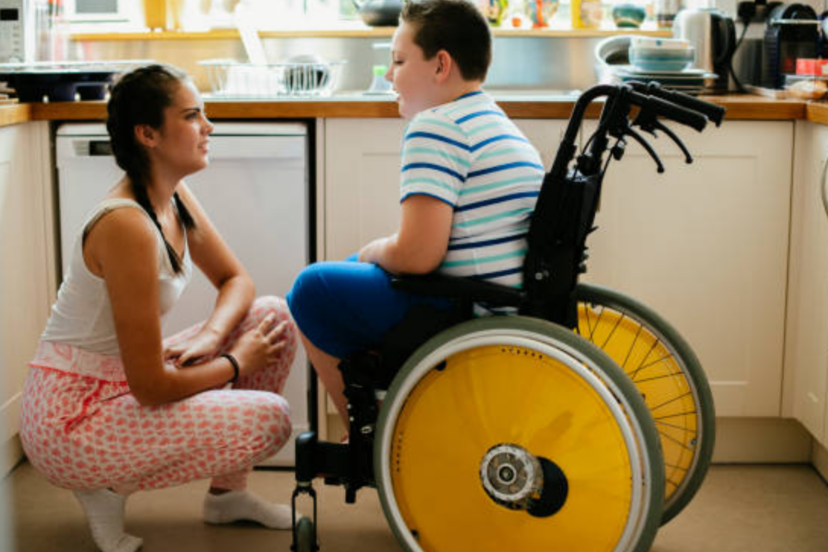Adaptive Kitchen Design for People with Disabilities
Enhancing Independence and Accessibility
In today’s rapidly evolving world of interior design, adaptive kitchen design for people with disabilities inclusivity is emerging as a central theme. One of the crucial areas of focus is adaptive kitchen design for individuals with disabilities. A well-designed kitchen can significantly enhance the quality of life for people facing mobility, sensory, or cognitive challenges. In this article, we will explore key principles and considerations for creating a kitchen that is both functional and aesthetically pleasing for everyone.
Understanding Diverse Needs
A. Mobility Challenges
Individuals with mobility challenges may face difficulties in reaching high shelves, navigating tight spaces, or operating standard kitchen appliances. Customized solutions, like adjustable countertops and pull-down shelving, can greatly improve accessibility.
B. Sensory Impairments
For those with visual or auditory impairments, a kitchen’s layout and appliance controls must be designed with tactile, auditory, or visual cues. Contrast in colors and materials, as well as Braille labels, can make a substantial difference.
C. Cognitive Considerations
Cognitive disabilities require careful attention to safety and simplicity. Clear signage, easily distinguishable handles, and streamlined layouts are crucial elements to consider.
II. Universal Design Principles
A. Open Floor Plans
An open layout minimizes barriers, allowing easy movement for wheelchair users and reducing the risk of accidents. It also fosters a sense of spaciousness and inclusivity.
B. Adjustable Countertops and Workspaces
Height-adjustable countertops cater to individuals of different statures or those using mobility aids. This adaptability ensures that the kitchen accommodates a wide range of needs.
C. Accessible Appliances
Selecting appliances with intuitive controls and clear markings is pivotal. Additionally, appliances with features like pull-out racks and side-opening ovens enhance accessibility.
III. Innovative Storage Solutions
A. Pull-Out Shelving
Opting for pull-out shelving rather than deep cabinets ensures items are within easy reach. This is particularly beneficial for those with limited mobility or strength.
B. Customized Drawer Organizers
Customizable drawer dividers and organizers allow for personalized storage solutions, making it easier to locate and retrieve items.
C. Tactile Labels and Color Coding
Utilizing tactile labels and color-coded systems empowers individuals with visual impairments to navigate the kitchen confidently.
IV. Flooring and Lighting Considerations
A. Non-Slip Flooring
Choosing slip-resistant flooring materials ensures stability for those with mobility challenges. It’s essential to strike a balance between safety and aesthetics.
B. Task Lighting and Ambient Illumination
A well-lit kitchen is vital for safety and functionality. Task lighting focused on key work areas and ambient lighting to reduce shadows contribute to a well-balanced space.
V. Future-Proofing the Kitchen
A. Flexibility in Design
Designing for adaptability allows for future modifications as needs change. This might involve incorporating reinforcement for future grab bars or planning for additional space.
B. Technology Integration
Smart home technology can be a game-changer for people with disabilities. Voice-activated controls, motion-sensor faucets, and app-controlled appliances provide newfound independence.
Conclusion
Adaptive kitchen design for people with disabilities is not just about functionality; it’s about empowering individuals with disabilities to fully engage in one of the most vital areas of their home. By integrating universal design principles, innovative storage solutions, thoughtful flooring, and lighting choices, and forward-thinking technology, we can create kitchens that are truly inclusive spaces, where independence and accessibility flourish. Embracing these principles not only enriches the lives of those with disabilities but also advances the broader conversation about inclusive design for all.


Comments are closed.